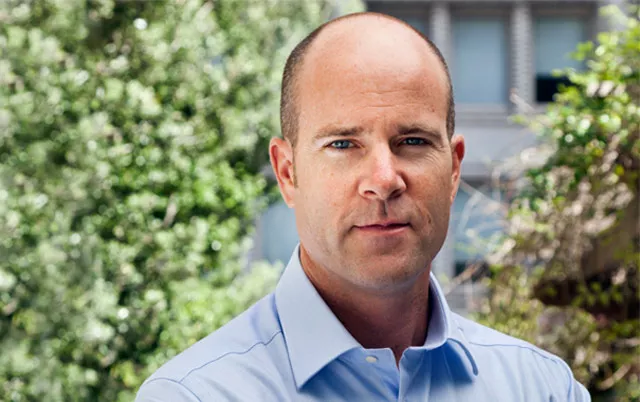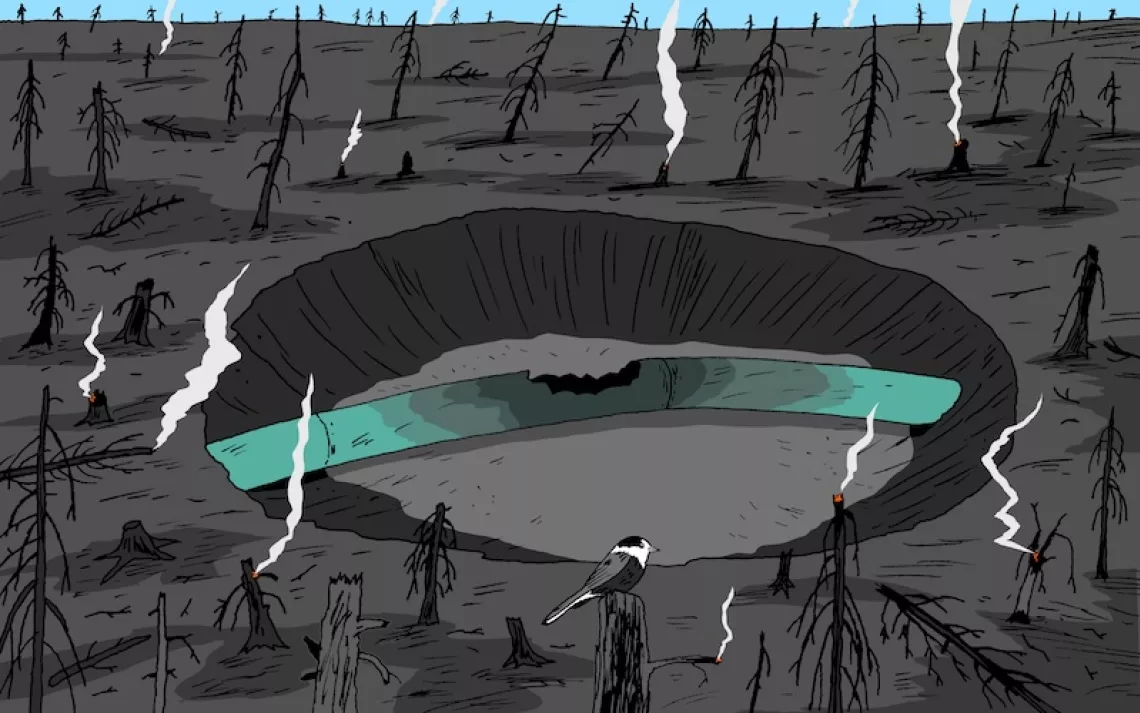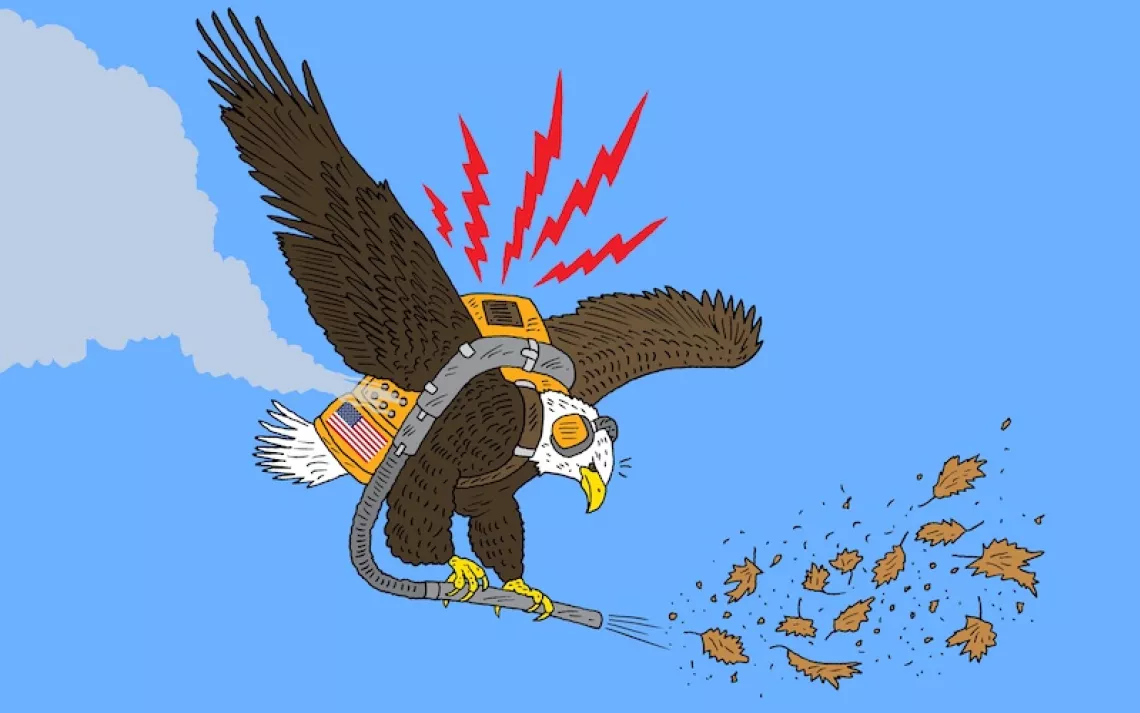Coming Clean: A Transition to 100 percent clean energy is possible
We know that replacing fossil fuels with clean energy saves money and lives and creates jobs. We've already seen it happen.

Michael Brune, Sierra Club executive director. | Photo by Henrik Kam
I have a hunch that when the history of our response to the climate crisis is written someday, it will be divided into before and after last year's UN climate change conference. Since negotiators in Paris reached an international consensus to keep global temperature rise below 1.5°C, I've noticed a shift in people's thinking about climate. Before, I found concern, fear, and even anger. Now, there's a strong current of optimism.
I'm meeting more people who believe that we can—and will—do something about climate change. Earlier this year, I asked a roomful of activists in Cleveland whether they were confident that we'd meet the challenge of climate change. Three-quarters of them raised their hands. I know the room was full of Browns fans, who have to be eternal optimists, but that was amazing!
People's newfound hopefulness is important, because the kind of transformation we seek will never spring from pessimism and despair. Climate disruption may be scary, but fear is not our friend. Fear is a force that traps us in the past.

A transition to 100 percent clean energy will take activism fueled by ambition. | Illustration by Alex Nabaum
Yet as much as I value hope and optimism, they are not enough to get us where we need to go. To address our changing climate, we must foster a climate of social change. And that requires both an honest assessment of what we need and the boldness to reach for it, even if some people insist that it's beyond our grasp.
Dr. Edgar Wayburn, the Sierra Club volunteer leader who helped protect more public lands than any other civilian in U.S. history, learned that lesson in 1971, when he proposed the Golden Gate National Recreation Area. In his memoir, Your Land and Mine, Wayburn recounted meeting with Representative Phillip Burton:
[Burton] studied my maps ... then asked, "Is this what you want?"
I admitted it wasn't everything. "Well, what do you want?" he demanded. I explained my second "dream plan" ... would in effect bring the total number of protected acres to well over 100,000.
"Why didn't you present that to me?" Burton wanted to know.
"I didn't think it was politically feasible," I said.
Burton erupted. "Get the hell out of here!" he thundered. "You tell me what you want, not what's politically feasible, and I'll get it through Congress."
Burton delivered on his promise. The GGNRA is now one of the largest urban parks in the world.
Today's Sierra Club wants to do for clean, renewable energy what conservationists like John Muir and Wayburn did for wild places. We know that a transition to 100 percent clean energy is possible. We know that Americans overwhelmingly support renewable sources like wind and solar. We know that replacing fossil fuels with clean energy saves money and lives, and creates jobs—we're already seeing it happen.
Finally, we know that if we make the transition fast enough, our optimism about the climate crisis will be rewarded a thousandfold. What will make the difference between too late and just in time? Activism fueled by ambition.
That's why the Sierra Club launched our Ready for 100 campaign, which calls for 100 percent clean energy across the United States. Our goal is to multiply success stories like San Diego's. By accelerating the transition to clean energy, and ensuring that the communities most harmed by climate disruption and fossil fuel pollution benefit the most from the transition, we can build an economy that puts workers and families ahead of polluters and corporations.
That's right—we really can have it all. Clean air, clean water, good jobs, affordable energy, and an economy that works for everyone. Now there's a goal we can't achieve too soon.
 The Magazine of The Sierra Club
The Magazine of The Sierra Club







